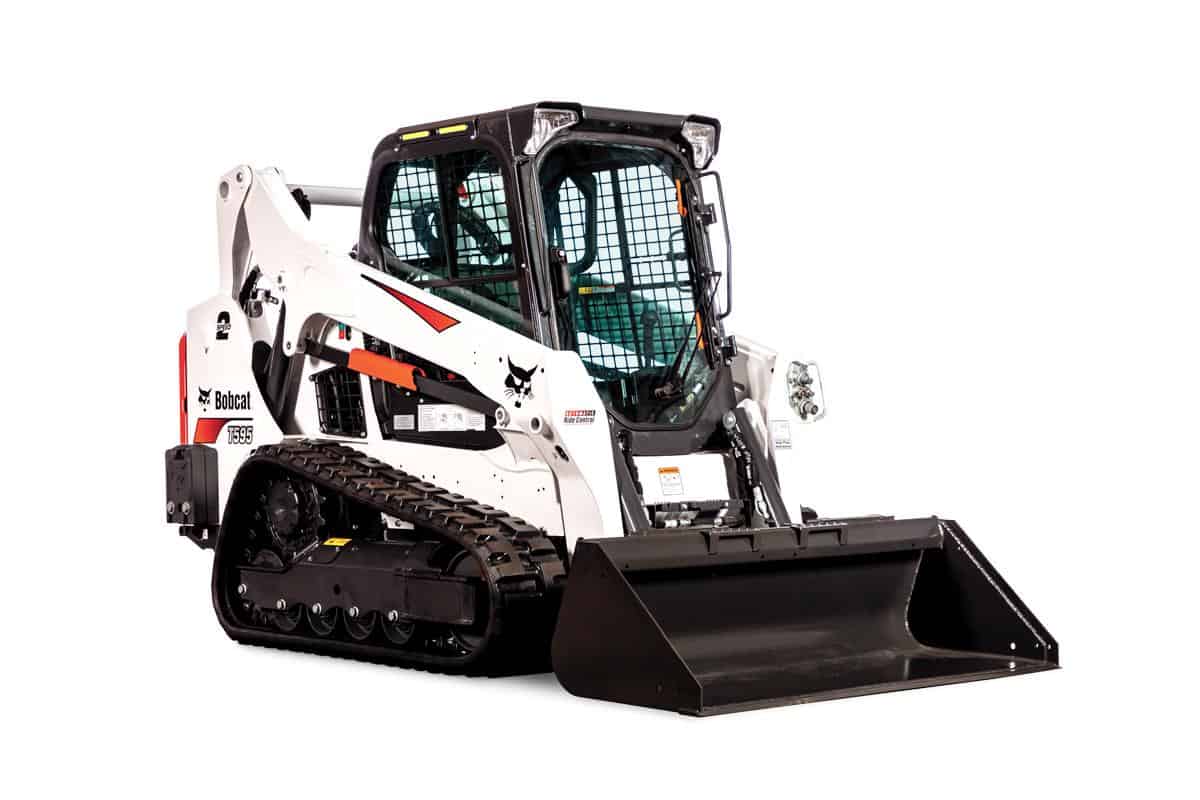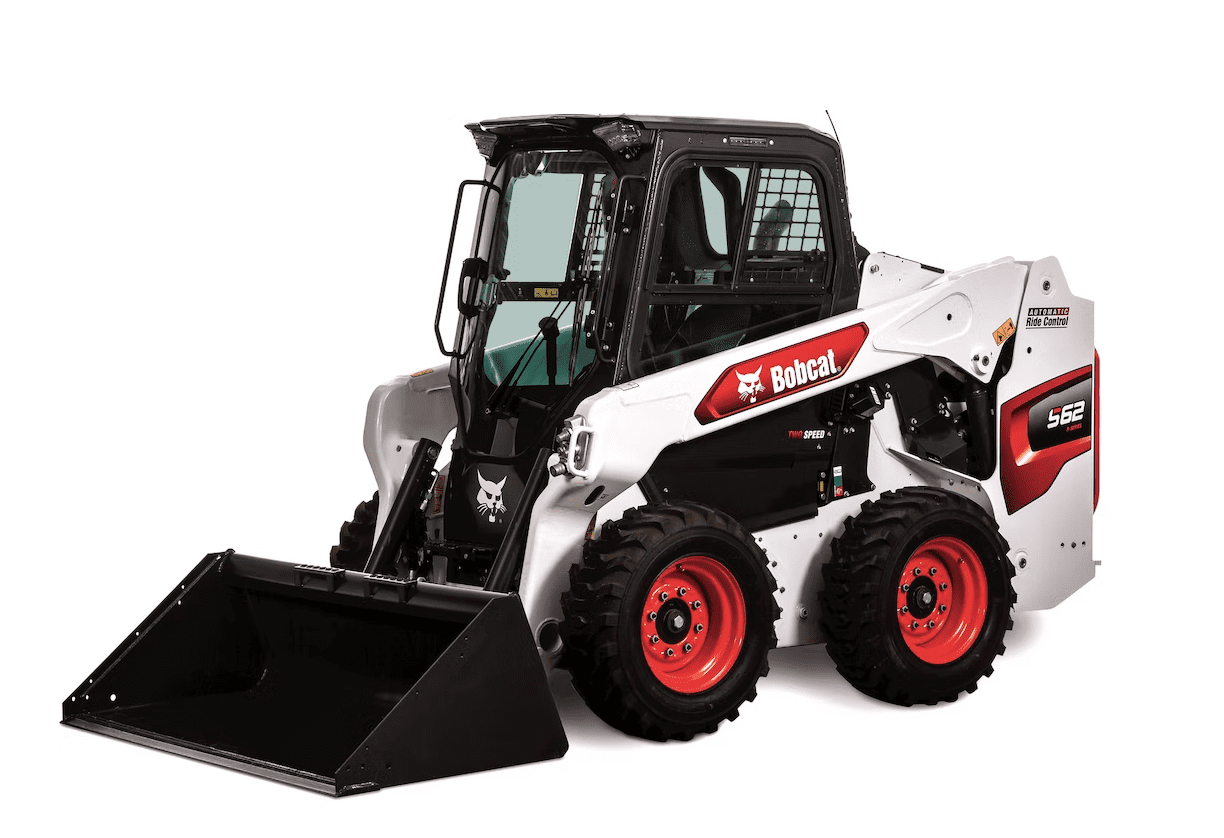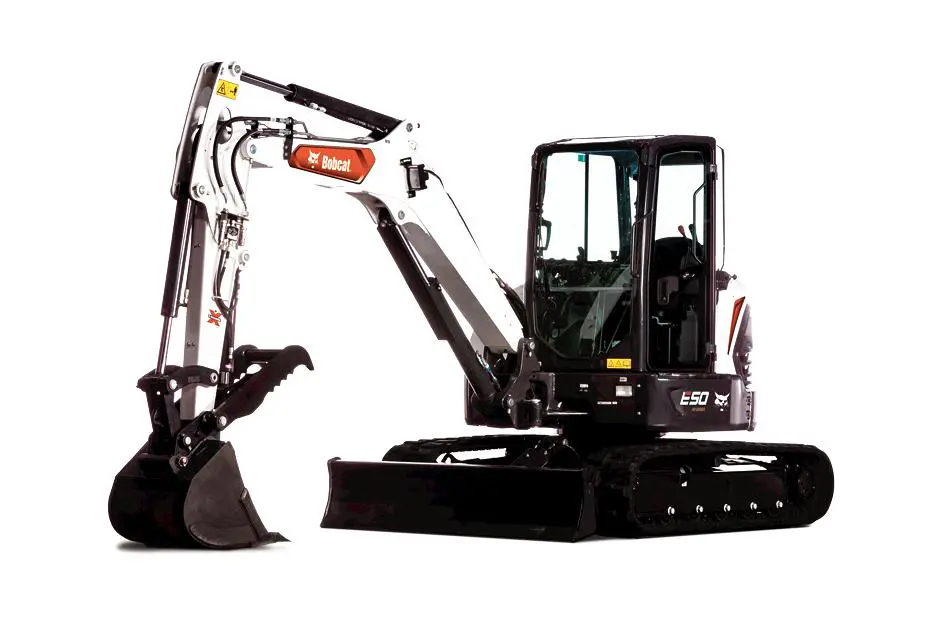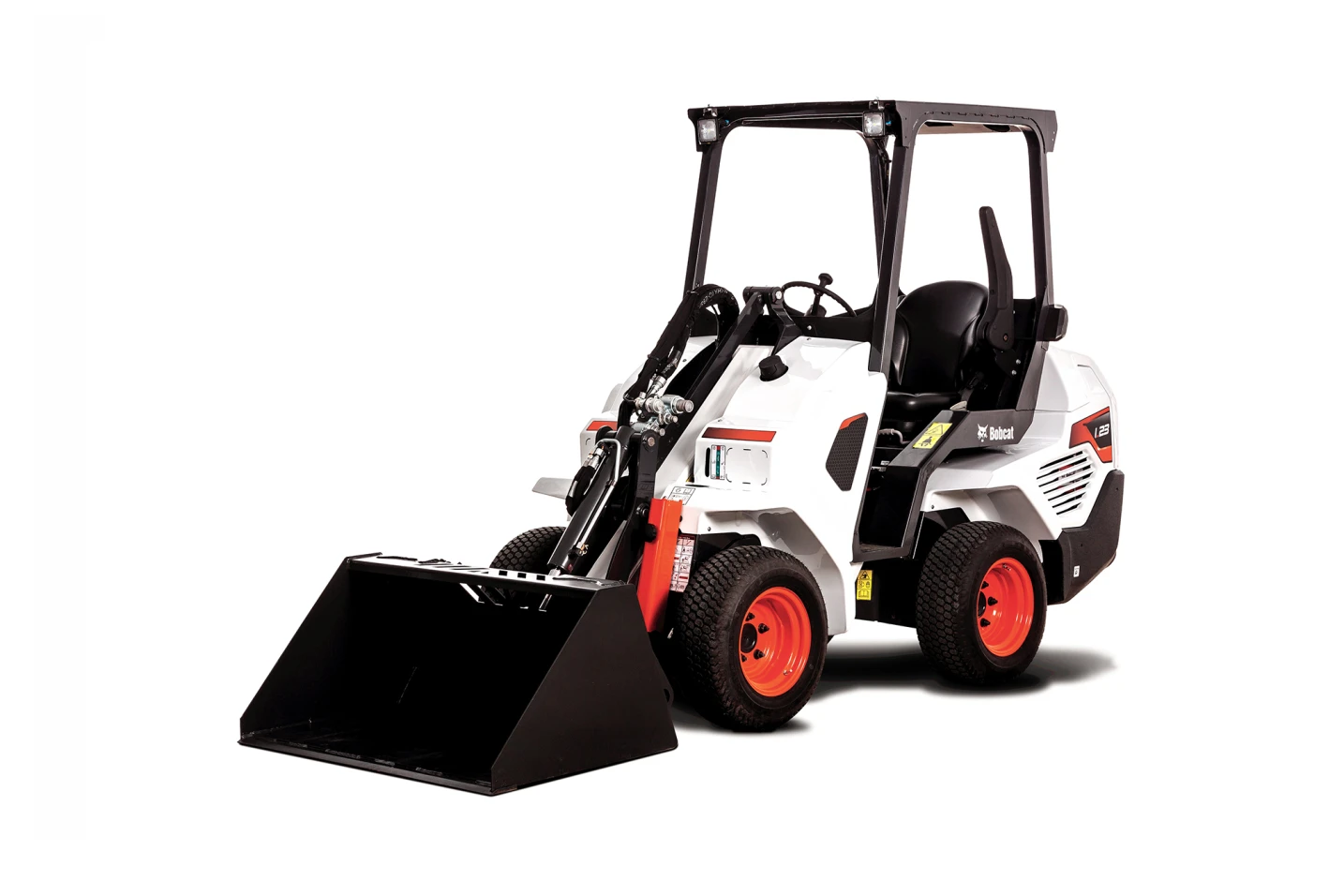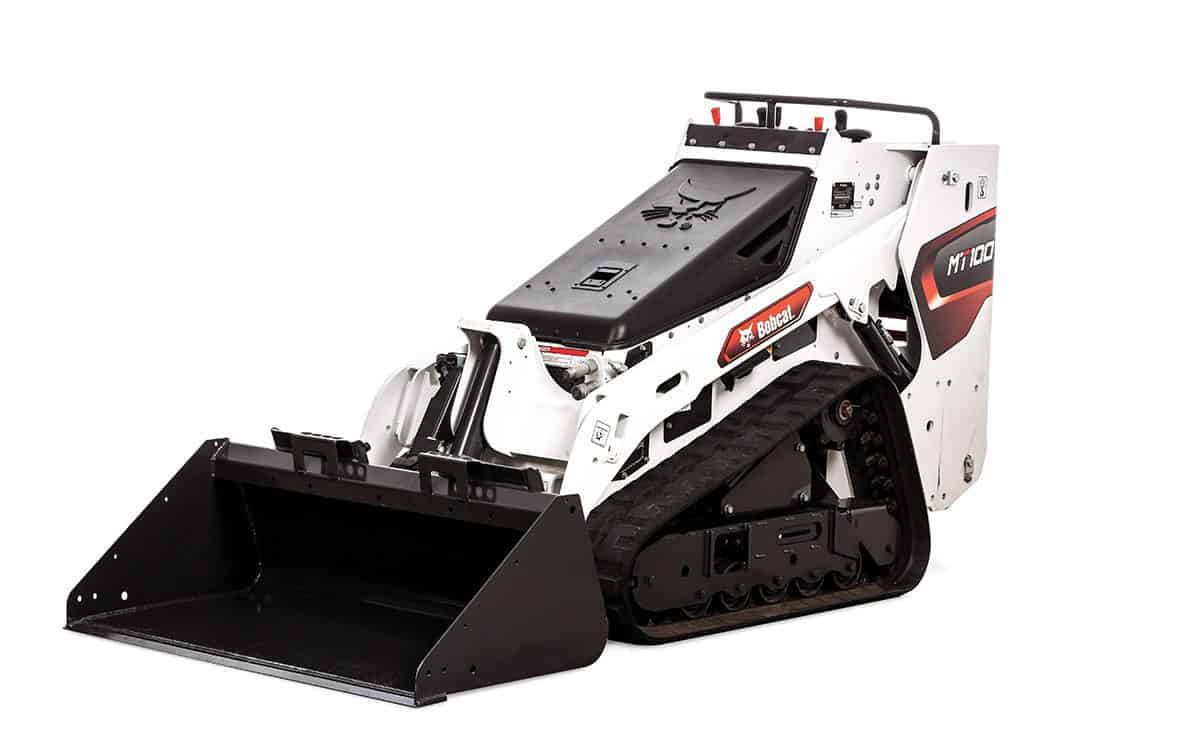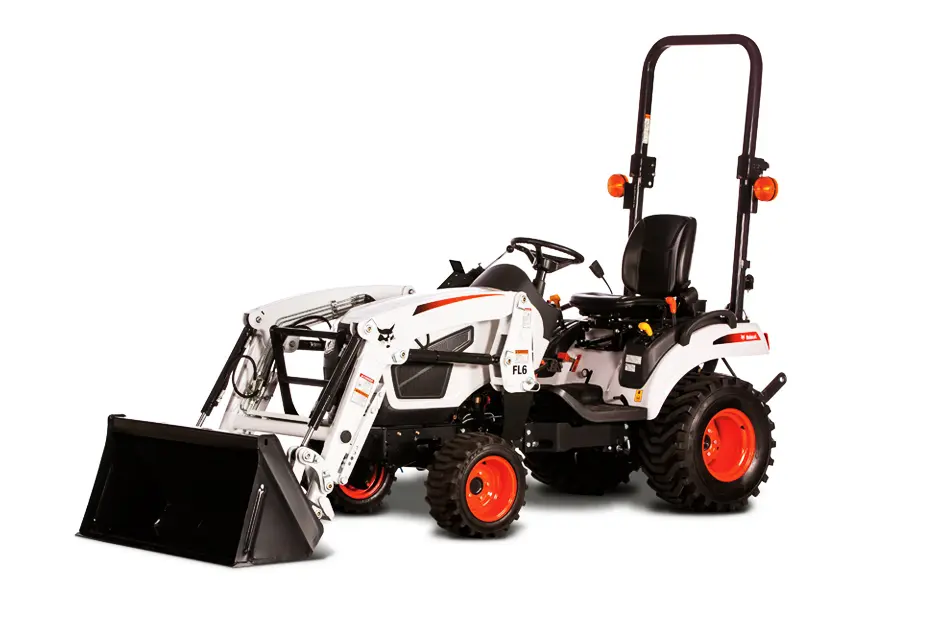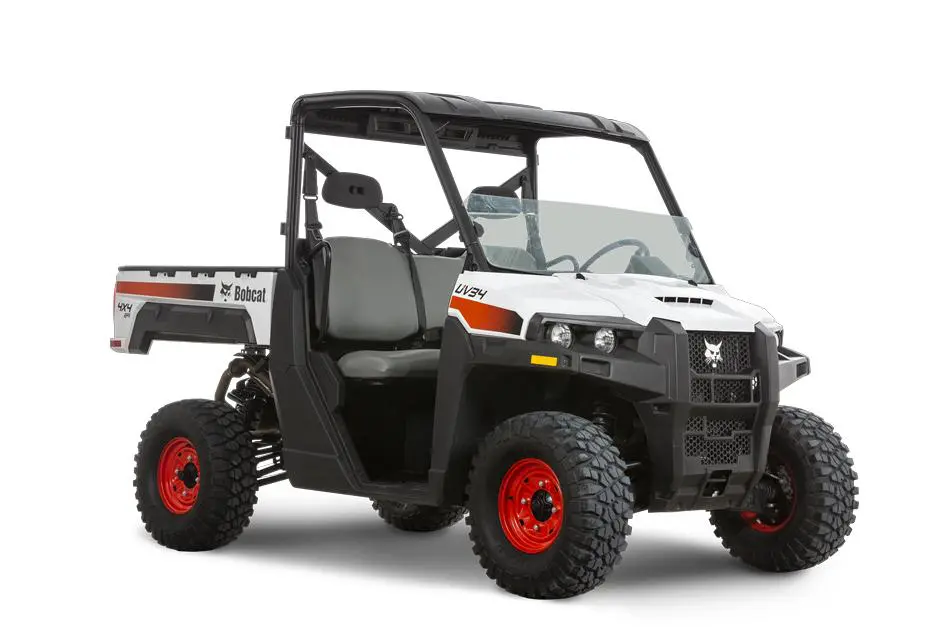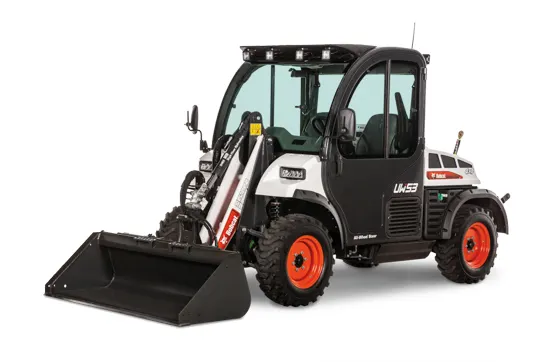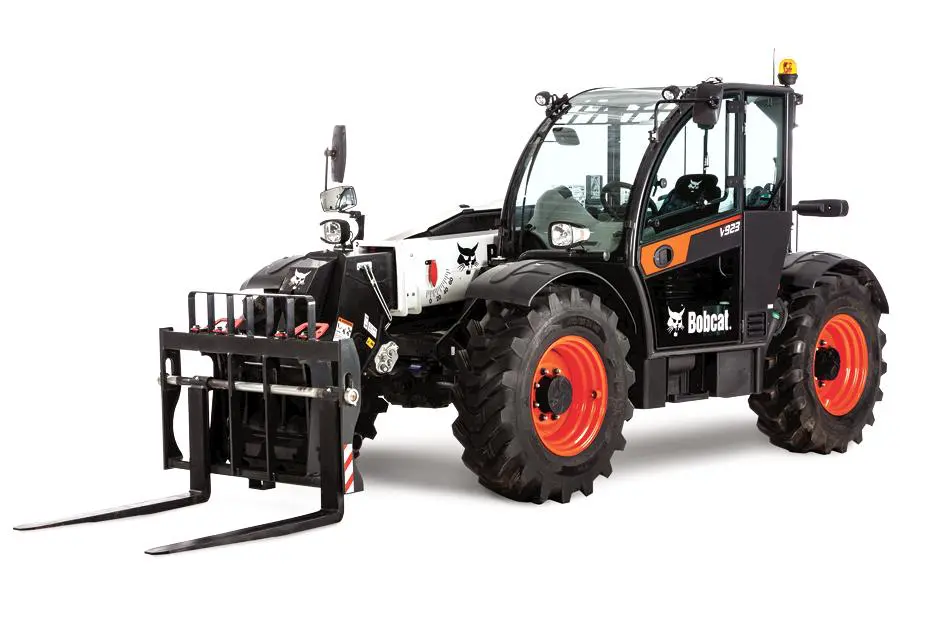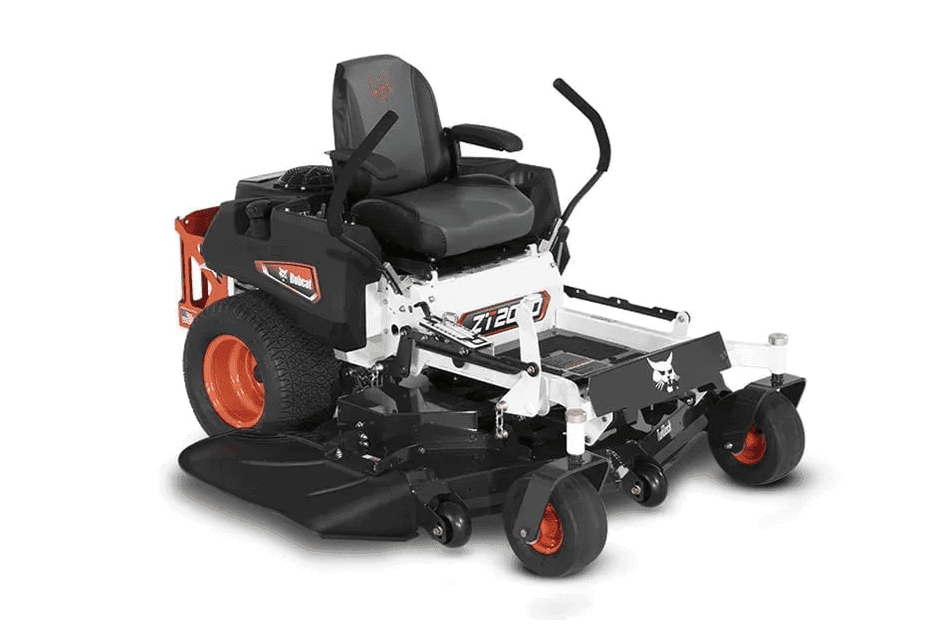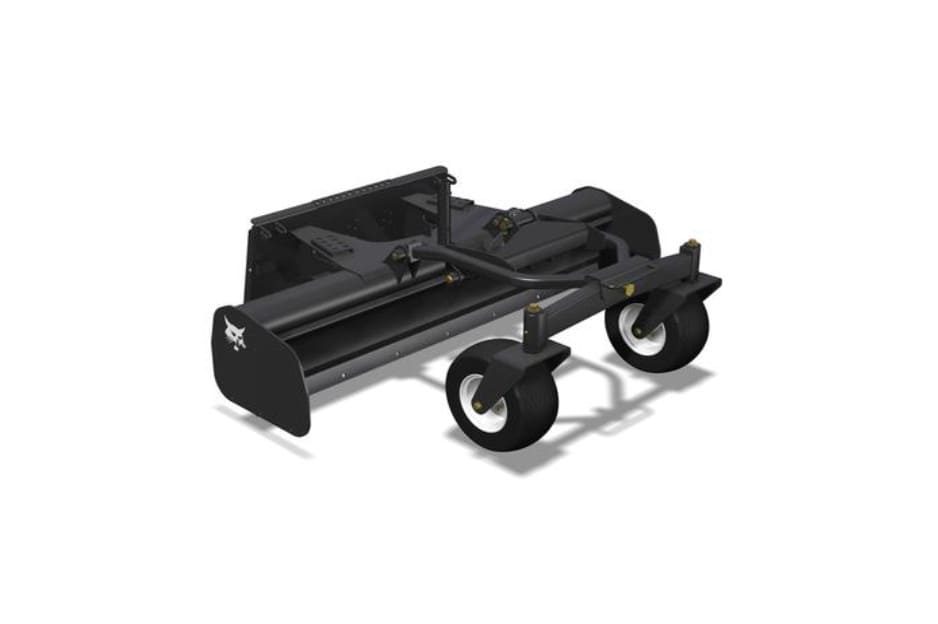Competitive Comparison: Bobcat E50 vs. John Deere 50G Mini Excavator
Find the best compact excavator for your construction or landscaping work in this side-by-side comparison of two high-performance models – the Bobcat E50 and the John Deere 50G.
If you’re comparing the Bobcat E50 to the John Deere 50G mini excavator, here are the top things to know:
- You’ll get a lot more horsepower from the Bobcat E50 (49.7 hp) vs. the John Deere 50G (35.9 hp).
- If you’re looking for brute strength, the Bobcat model has 15% more bucket digging force and 29% more arm digging force than the John Deere.
- The Bobcat Pro-Clamp™ system makes it easy to grab objects of different shapes and sizes with your excavator. John Deere doesn’t offer it.
- While the two machines have similar interior dimensions, the Bobcat E50 wins for floor space.
Keep scrolling for a more detailed look at these two mini excavator models.
The mini excavator market is a crowded, competitive space. It can be tough to pick, especially in the 5-ton size class. At this size, you expect a machine that packs a supremely powerful punch in a small, maneuverable package. Something not too big and bulky, but not too puny either.
If you’re considering a 5-ton compact excavator, two contenders vie for the top spot: the Bobcat E50 and the John Deere 50G. Let’s take a look at how these compact excavators fare in a head-to-head matchup.
Size and Performance Comparison
In terms of size, the Bobcat E50 and John Deere 50G are evenly matched. The Bobcat weighs 11,357 pounds to John Deere’s 10,560 pounds, but it cranks out a hefty 49.7 horsepower compared to John Deere’s stodgy 35.9 horses.
It’s a tight game when it comes to depth performance. The Bobcat E50 has a max dig depth of 11 ft. 4 in., while the John Deere 50G digs a bit deeper to 11 ft. 7 in. However, the John Deere model falls behind in terms of breakout force – the 50G features a respectable 8,267 lbf bucket digging force and 5,401 lbf arm digging force, but the Bobcat E50 commands an impressive 9,511 lbf through its bucket and pulls 6,987 lbf through its arm. That nets out to 15% more bucket digging force and a mega 29% more arm digging force in the Bobcat model.
Often, 5-ton compact excavators are called out to tackle residential excavation projects that butt up next to an established foundation or wall. The E50 features a unique in-track swing frame, which allows you to dig parallel to a wall and then slew toward your dirt pile without bumping into the existing structure. Try that same move with the John Deere 50G and you’ll be looking at an expensive patch job.
The E50 also features a dual flange roller system, which provides a smoother ride and allows you to lift confidently over the side of your machine. While respectable, the single flange roller system of the John Deere 50G can’t compete with the comfort and strength of a dual flange track roller design.
Reach is another category where the match-up between the Bobcat E50 and the John Deere 50G is close. The two machines are within inches of each other on both their standard-arm option (19 ft. 4 in. for Bobcat vs. 19 ft. 7 in. for John Deere) and their long-arm option (20 ft. 6 in. for Bobcat vs. 20 ft. 6 in. for John Deere).
Control and Accuracy Comparison
The best part of operating an excavator? Feeling that machine scoop, lift and swing like it’s an extension of your own arm. Both the Bobcat E50 and John Deere 50G excavators promise responsive joystick controls in their mini excavators, and both deliver. However, the Bobcat E50 offers an improved hydraulic valve that allows for even more precise, finite movement in the controls – something you’ll really appreciate in close quarters.
For even more accuracy, the base model Bobcat E50 comes ready to integrate with the company’s exclusive depth check system. Simply plug in your target depth and grade zone, and the display will alert you when you’ve reached it – no time wasted on figuring out if you’re over- or under-digging. Unfortunately, John Deere doesn’t offer a standard depth guidance system on its compact excavators, so you’ll have to either eyeball and hope you’ve hit the right depth, or exit the cab and measure to get the same level of accuracy.
Compare the visibility of these excavators side by side and you’ll see Bobcat again has the edge. Not only do the super-size windows on the Bobcat E50 provide an expansive panoramic view of the jobsite, but a top window gives you a one-of-a-kind view that’s especially handy when you’re dumping into the back of a dump truck. The John Deere 50G also has nicely sized windows in the cab, but you’ll notice that the thicker frame compared to the Bobcat model. Also, the Bobcat E50 comes standard with ultra-bright LED headlights, which give you better visibility in low-light conditions. Sadly, the John Deere 50G uses dimmer halogen lights, so it’s less optimal for nighttime work.
For even more accuracy, the base model Bobcat E50 comes ready to integrate with the company’s exclusive depth check system. Simply plug in your target depth and grade zone, and the display will alert you when you’ve reached it – no time wasted on figuring out if you’re over- or under-digging. Unfortunately, John Deere doesn’t offer a standard depth guidance system on its compact excavators, so you’ll have to either eyeball and hope you’ve hit the right depth, or exit the cab and measure to get the same level of accuracy.
Excavator Attachments Comparison
Both Bobcat and John Deere provide a solid roster of mini excavator attachments, and both manufacturers’ attachments will retrofit to older machines from past platforms, which gains a lot of efficiency in your fleet. In addition, both the Bobcat E50 and John Deere 50G provide a diverter valve for easy attachment switches. Although you’ll need tools to switch buckets with the John Deere 50G manual coupler system, you don’t need any tools for the Bobcat X-Change system.
Where the Bobcat E50 pulls ahead is with its superior Pro-Clamp system. While John Deere offers standard clamps on its mini excavators, only the Bobcat exclusive Pro-Clamp system gives you the ability to confidently grab objects of different shapes and sizes. When it comes to versatility, the standard John Deere clamp attachment can’t complete with the Bobcat Pro-Clamp system.
Operator Comfort Comparison
A roomy and accommodating cab is a perk of operating a slightly larger compact excavator, and the Bobcat and John Deere models are no exception. A side-by-side look at the cab specs reveal similar interior dimensions, but the Bobcat E50 wins for floor space – which you’ll really appreciate in those extra-large steel-toe work boots.
Plus, the Bobcat E50 cab comes with several automotive-style features, including a 5-inch multicolor digital display and keyless start. It’s also rear-camera-ready and – if you pick the 7-inch touch display option – has optional Bluetooth so you can connect to your phone for hands-free calling or to listen to music just like you do in your truck. Contrast that with the monochromatic display on the John Deere 50G and optional radio.
Maintenance and Service Comparison
Any machine that works as hard as one of these excavators is going to need some upkeep. Both the John Deere and Bobcat mini excavators give you access to the engine compartment and components for routine maintenance, but the Bobcat E50 has larger cover and panel openings so you can reach inside without the pinch. For example, try to access the control valve in your E50 – you’re in. Unfortunately, accessing that same spot in the John Deere 50G requires you to remove 8 to 10 bolts. It’s a simple thing, but Bobcat goes the extra step to reduce those jobsite headaches.
Also, the Bobcat E50 doesn’t have a diesel particulate filter (DPF) – the John Deere 50G does. Why does that matter? In the John Deere model, you’ll need to have the machine serviced and replace the filter every few thousand hours as well as wait for engine regeneration. The filter’s not only expensive, but combined with the regen process it costs you productivity too. For every hour your machine spends in the shop, that’s an hour you can’t spend out on the jobsite working. The Bobcat E50 engine operates efficiently to meet Tier 4 emissions standards without needing a DPF.
Select the Right Mini Excavator for You
There are lots of things to consider when making a big purchase like a mini excavator. Only you know the features and factors that are most important to you and your work. If you’re looking at 5-ton mini excavators and comparing the Bobcat E50 to the John Deere 50G, you’ll find plenty of pluses to consider as well as some trade-offs. What matters most in terms of performance, accuracy, comfort and service is up to you.
How do you pick the right mini excavator for you? Contact us today and let us answer any questions you may have.
Certain specification(s) are based on engineering calculations and are not actual measurements. Specification(s) are provided for comparison purposes only and are subject to change without notice. Specification(s) for your individual equipment will vary based on normal variations in design, manufacturing, operating conditions, and other factors.
More Articles from Bobcat of the Rockies View All
139
Machine Listings
We carry the full line of Bobcat ® products, including excavators, compact track loaders, skid-steer loaders, VersaHANDLER® telescopic tool carriers, mowers, compact utility tractors, utility vehicles and Toolcat™ utility work machines, plus a wide selection of attachments.


 Promotions
Promotions Payments
Payments Call Us
Call Us Contact Us
Contact Us







